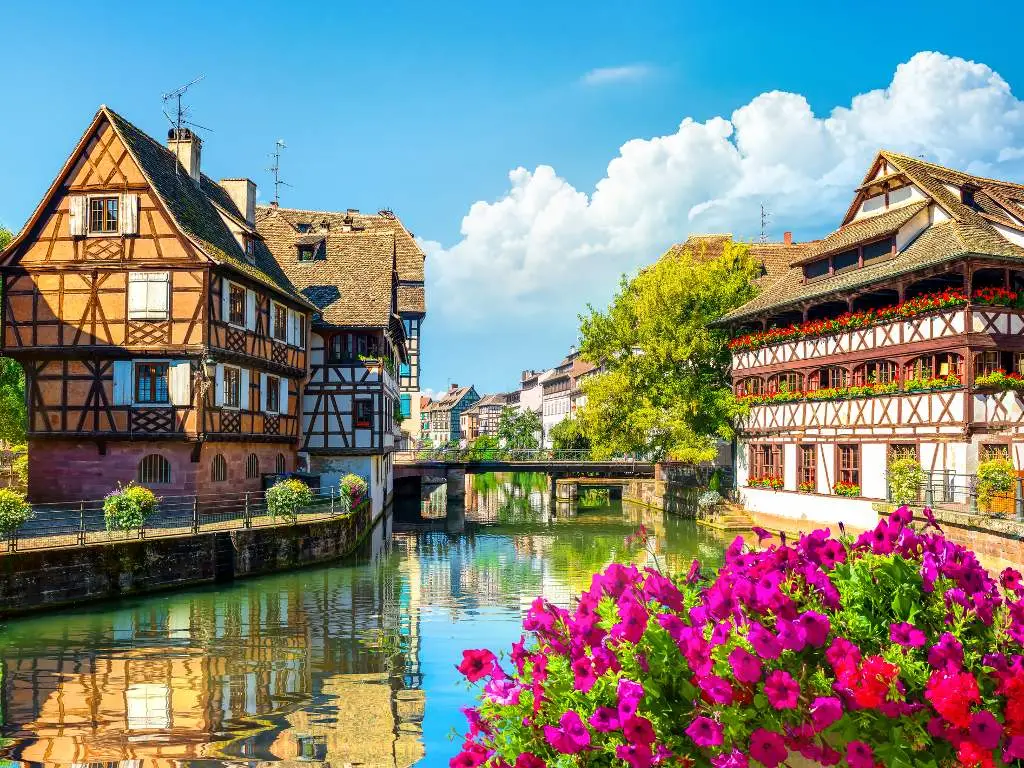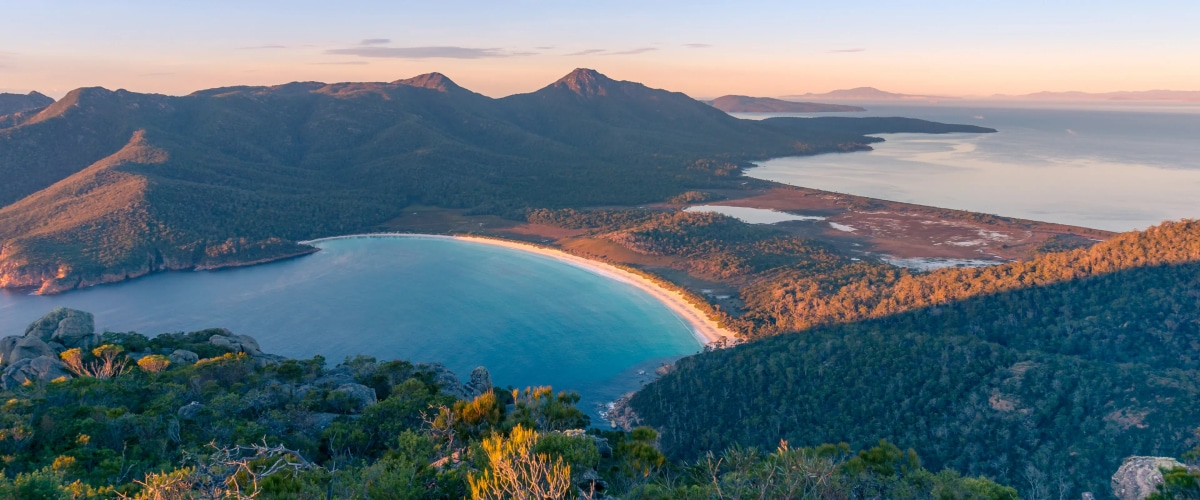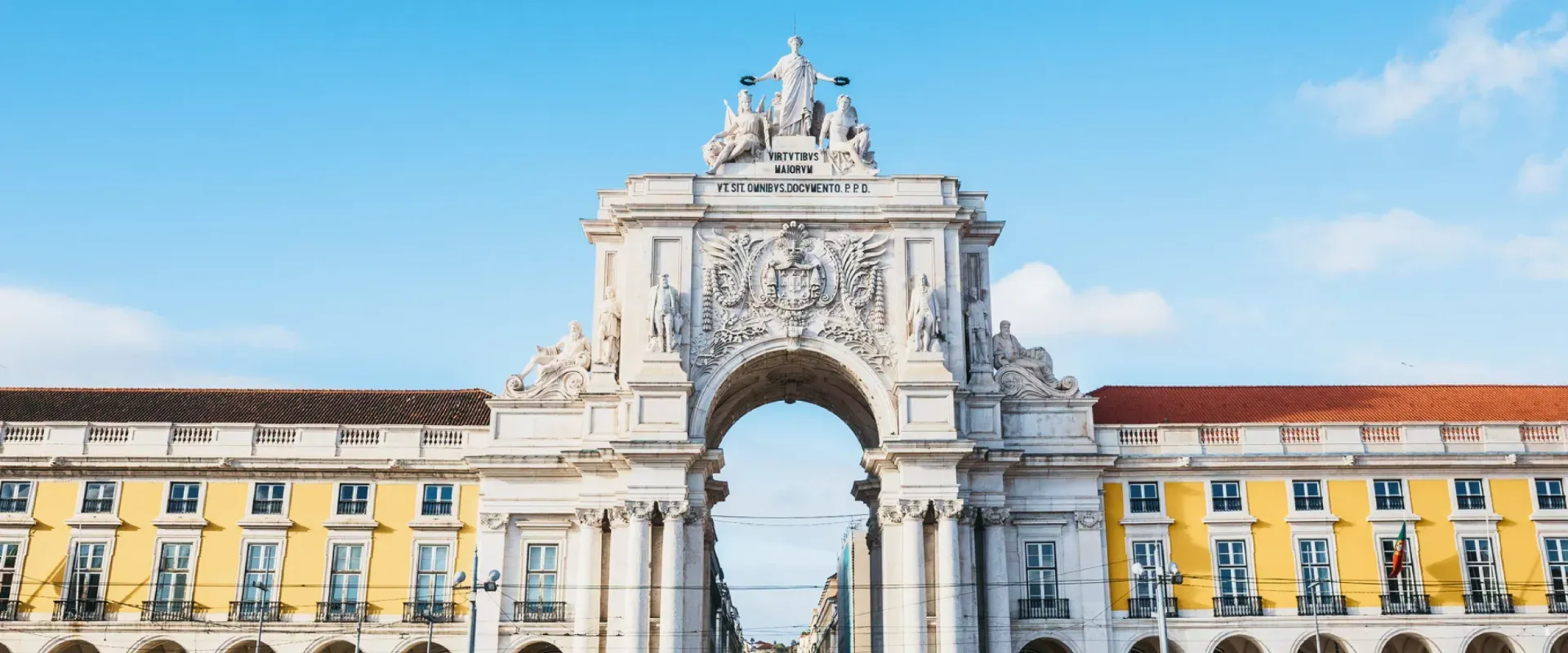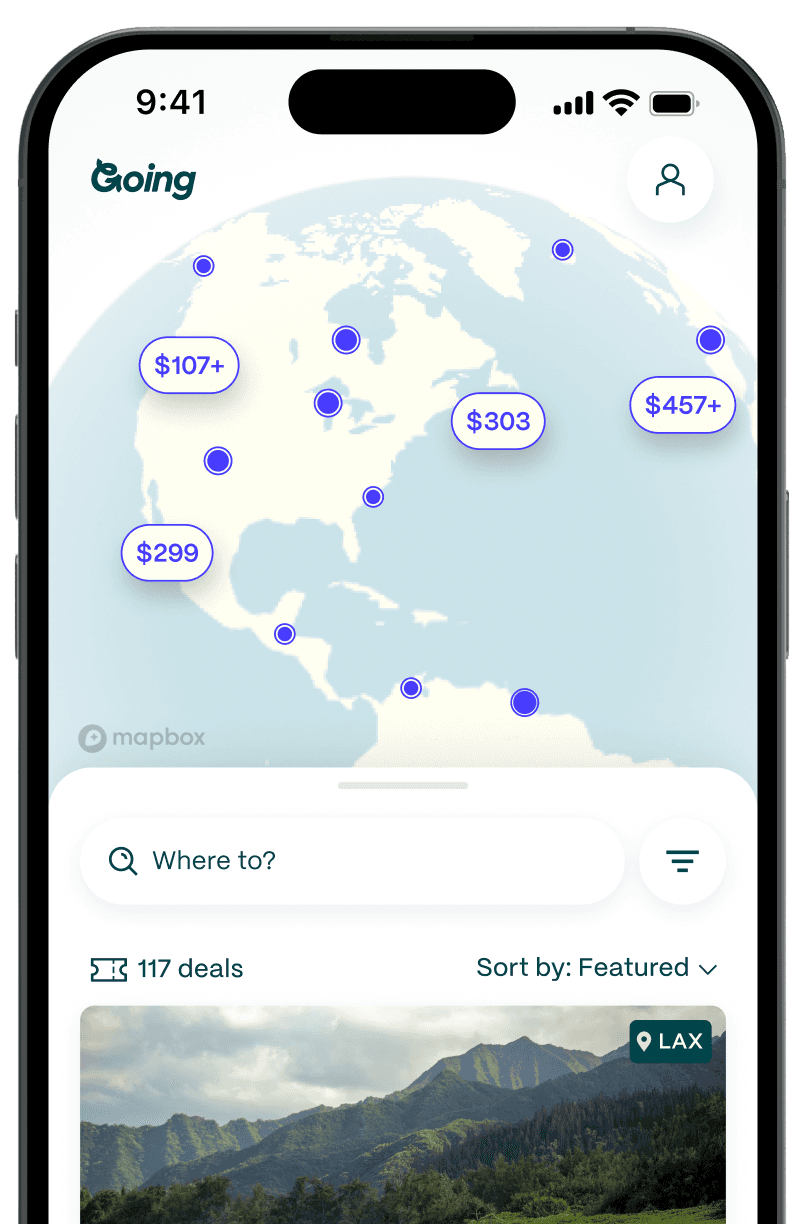
Marlborough: The Rural Region That Produces More Than 70% of New Zealand’s Wine
Marlborough, originally called Te Tau Ihu O Te Waka by the Māori people, was a rural backwater at the top of New Zealand’s South Island until grapes were planted on a large scale in the 1970s. The pretty region of drowned glacial valleys and fertile, sun-drenched plains is still rural and the backwaters are still a major attraction, but it’s now New Zealand’s largest wine-producing region, too. If you’ve ever drunk a bottle of New Zealand wine, there’s a high chance it was Marlborough sauvignon blanc. Located across the Cook Strait from capital city Wellington, and about a 4.5-hour drive from the nearest air hub at Christchurch, Marlborough sits around the geographical center of New Zealand at the top of the South Island. With beautiful mountain-to-ocean landscapes, native birds, and great hikes and swimming spots, there’s a lot to love in Marlborough.
Ice age geology on display

The northern coast of Marlborough is made up of a network of flooded river valleys: the Marlborough Sounds. Land subsidence and melting glaciers led to their drowning about 14,000 years ago, when the last ice age ended. Now, the four sounds—Queen Charlotte, Pelorus, Kenepuru, and Mahau—each have their own character and attractions.
Pelorus Sound is the largest and dotted with the strung-together buoys of mussel farms. Mahau is the smallest, with a more emerald-hued water because of its shallower depth. Kenepuru Sound is especially calm and sheltered, as it has no direct access to the churning waters of the open ocean. Queen Charlotte is the most often visited because many travelers arrive on the South Island via a ferry from Wellington, which passes through Queen Charlotte Sound and docks at Picton. This sound is relatively more populated than the others, with lodges dotted along its reaches, but you still need a boat to access most of them.
According to Māori legend, Polynesian explorer Kupe fought with a giant octopus in the Pacific Ocean, and the octopus’ tentacles formed the Marlborough Sounds. Looking at a modern-day map, the inlets and bays do indeed form a rough impression of flailing tentacles.
Roads (and waterways) less traveled
The Marlborough Sounds are sparsely populated, with Picton (4,310 residents) and Havelock (591 residents) being the main population centers of the region’s roughly 1,500 square miles. People do live scattered all around the sounds—mainly working as farmers or living deliberately off-grid—and remote resorts, guesthouses, and lodges can be found along the sounds’ numerous arms, branches, and inlets. But the road network is limited, often unpaved, ends abruptly, and is frequently damaged during weather events.
Despite the occasional road-related challenges, one of the joys of traveling in the Marlborough Sounds is driving down backroads to hidden bays and one-shop settlements (just mind the sheep wandering onto the road). Another joy is taking water taxis to remote lodges, where the only sound interrupting your sleep is birdsong. Furneaux Lodge, partly located in an early 20th-century homestead, is especially peaceful. Just across Endeavour Inlet—a short boat ride or a few hours’ walk away—is Punga Cove, a hillside resort surrounded by native punga tree ferns.
Why-oh-wine?

Although wine production in New Zealand started with the arrival of Anglican missionaries in the early 19th century, the country was a late bloomer when it came to large-scale wine production. Marlborough has made up for lost time since vines were planted in the early 1970s. Now, there are around 141 wineries in the area, which produce more than 70% of New Zealand’s wine.
The low rainfall, high sunshine hours, and wide difference between day and night temperatures (something grapes like) around Blenheim and in the Wairau and Awatere valleys make for ideal grape-growing conditions. Sauvignon blanc is the king of the crop around here and pairs especially well with local fish and seafood. Travelers can sample wine at cellar doors and winery restaurants around Blenheim.
The greenshell mussel capital of the world

Traveling around the Marlborough Sounds, you might notice networks of strung-together barrels floating in sheltered spots. These are greenshell mussel farms. Greenshell mussel farming began in Marlborough at roughly the same time as wine production—and not only because greenshell mussels and chilled sav go really well together. The species is native to New Zealand and produces a large, juicy morsel. They’re also sometimes called green-lipped mussels because of the green band that appears around the lip of their shell.
The industry began in Marlborough after overfishing caused the collapse of wild mussel populations in New Zealand, and the calm, sheltered waters of the sounds are ideal for the cultivation of this species. Head to Havelock—self-proclaimed Greenshell Mussel Capital of the World—to dine on fresh greenshell mussels at a restaurant or take the informative Greenshell Mussel Cruise from the marina (and it includes a sampling of mussels and wine!).
Hike like a queen

The rugged topography and remote nature of the Marlborough Sounds make it a prime area for great hiking adventures. The popular 45.6-mile (one-way) Queen Charlotte Track starts at Endeavour Inlet—where there’s a monument to Captain Cook, the first known European to visit the Queen Charlotte Sound—and follows the ridgeline between Queen Charlotte and Kenepuru/Mahau sounds for a three-to-five-day walk.
It’s based upon bridle paths formed in the mid-19th century by the first European settlers. The hike is moderately challenging because it rolls up and down over the ridges, valleys, and peaks of the sounds. But it’s less challenging than some of New Zealand’s alpine hikes that are found farther south as there’s no chance of snow and the trail stays close to the coast.
While there are many multi-day hiking trails throughout the country, this track has a comparatively wider variety of accommodations, more dining options (beyond freeze-dried meals), and more support in the form of luggage transfers. You can even sleep on boats anchored off-shore on each night of the hike. The Queen Charlotte Track can also be done as a three-day mountain biking route.
Bringing birdsong back
It’s said that when Captain Cook first visited the Marlborough Sounds in 1770, he had to anchor his ship far from shore to hold a conversation, such was the volume of the birdsong in the forests. Sadly, after centuries of colonization and environmental degradation, this is no longer the case, but a few islands in the outer sounds act as nature reserves. Visitors can sail past Te Pākeka/Maud Island—a predator-free sanctuary that’s home to kereru, tui, korimako, piwakawaka, and many other native species—but you can’t set foot on the scientific reserve.
You can, however, visit nearby Motuara Island Scenic Reserve, where critically endangered rowi kiwi from the Franz Josef area in Westland are raised before being reintroduced to the wild when they’re strong enough to defend themselves.
Swimming in one of New Zealand’s cleanest rivers

Despite New Zealand’s carefully cultivated reputation as a clean, green country, around 60% of the nation’s rivers are unacceptably polluted—not the kinds of places you’d want to take a dip. A stunning exception to this grim statistic is Marlborough’s Te Hoiere/Pelorus River, which originates in the Richmond Range and flows into Pelorus Sound and the ocean beyond.
On a hot summer’s day, there’s no finer place in Marlborough to take a refreshing swim than the Pelorus Bridge Scenic Reserve. (You can take kayaking tours, too.) The clear water is flanked by a pebbly beach and native forest at the reserve. Fans of The Hobbit films might recognize the river as where the dwarves’ escape from Thranduil was filmed.
Good to Know
Is Marlborough expensive?
New Zealand can be an expensive place to visit, particularly during the peak summer travel season. Some of Marlborough’s main attractions come with entrance fees, but the majority of the area’s draws are natural attractions or wineries.
Blenheim hotels cost about $145, on average, for a double occupancy room. In Picton, you can expect to pay upwards of $160. A multi-course meal in a nice Blenheim restaurant might cost $65 for two people, while a less fancy dinner might cost around $15 for one.
Best time to visit Marlborough
While Marlborough’s summer travel season is also its busiest, visitors can expect warm and relatively dry weather from mid-spring through mid-autumn. And, since we’re talking about the Southern Hemisphere, that means October through April. There are lots of festivals and events that take place during this time, too, including the Marlborough Wine and Food Festival.
What languages are spoken in Marlborough?
The most widely-spoken language throughout New Zealand is also one of its three official languages—English. Te Reo Māori and New Zealand Sign Language have both been designated official languages in the country.
Marlborough with kids
Marlborough is quite family-friendly. The variety of nature experiences is appealing to kids of all ages, including beaches, wildlife reserves, cruises, kayaking, and trails for hiking and biking. Dolphins are a frequent sight in the Marlborough Sounds, and there are even dolphin swimming tours for an up-close-and-personal dolphin adventure.
Marlborough public transportation
Public transportation in most of New Zealand leaves much to be desired. There’s an Intercity bus route that links Blenheim, Picton, Nelson, and Christchurch, but Blenheim itself has only two local bus routes—and zero traffic lights. You’re better off renting a car to get around Marlborough.
Is Marlborough safe?
New Zealand ranks as the second safest country in the world. As a predominantly rural area, Marlborough is even safer than large cities.
New Zealand ranks #26 in the world with a score of 78/100 for LGBTQ+ equality.
Getting to Marlborough
- Main airport: BHE, a small airport operating domestic flights, is closest, but CHC (Christchurch) sees more deals and is about four hours away by car
- Average Going deal price for flights to New Zealand: $693 roundtrip
Join Going and get cheap flights and travel tips delivered right to your inbox.
Read more about spots in Australia, New Zealand, and the Pacific:
Last updated December 19, 2023









